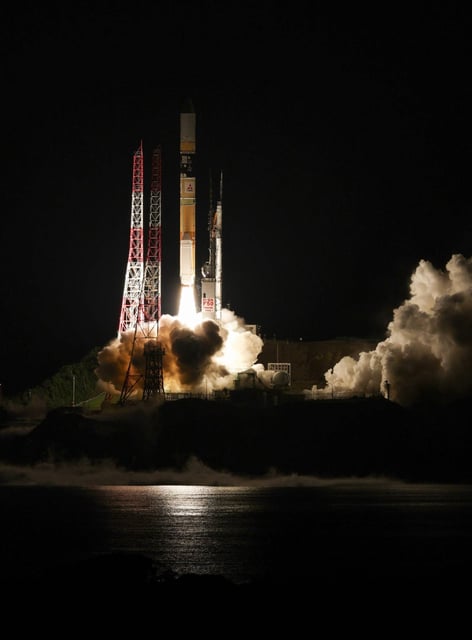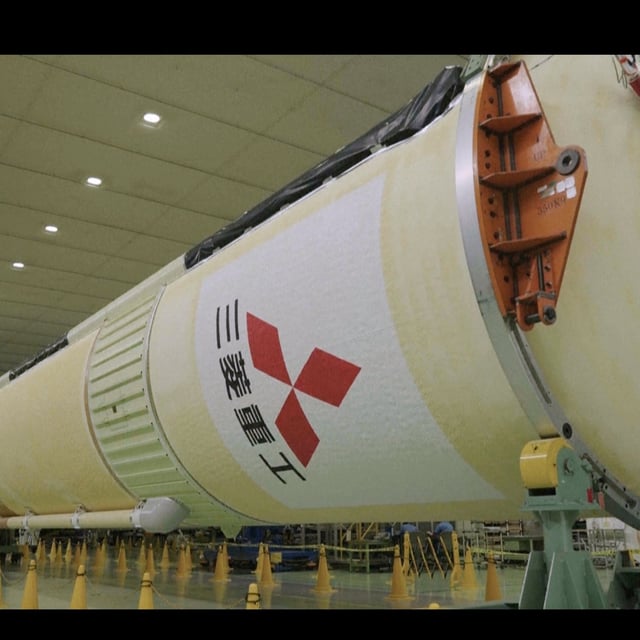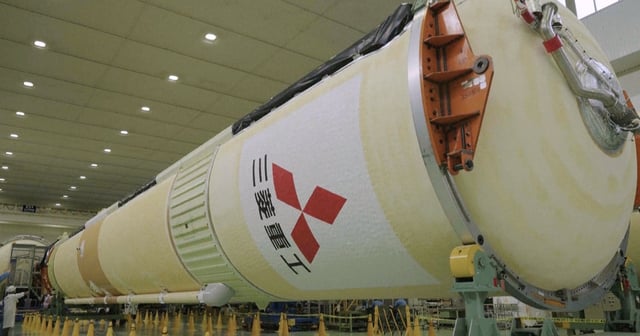Overview
- The H-2A lifted off from Tanegashima Space Center on June 28 for its 50th and final mission, placing the GOSAT-GW satellite into sun-synchronous orbit.
- GOSAT-GW carries a microwave scanning radiometer and a spectrometer to monitor greenhouse gases and water cycle dynamics and is slated to start data transmission in roughly one year.
- Since its debut in 2001, the H-2A achieved a 98% success rate over 50 flights with only one failure in 2003 before being officially retired.
- The H3 launcher has now fully replaced the H-2A, having recorded four consecutive successful missions by February 2025 while offering about half the per-launch cost.
- Japan’s space program will leverage the H3 alongside the smaller Epsilon rocket to enhance reliability, cut costs and expand its role in the global commercial launch market and national security framework.



